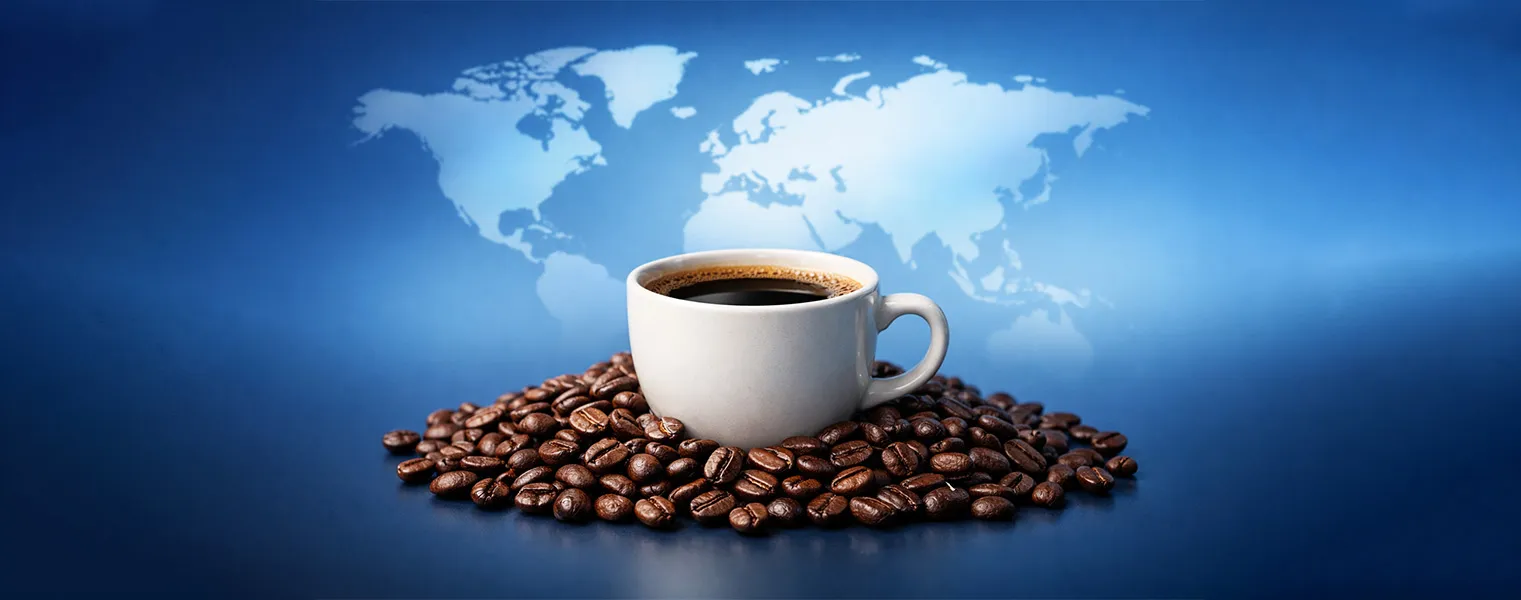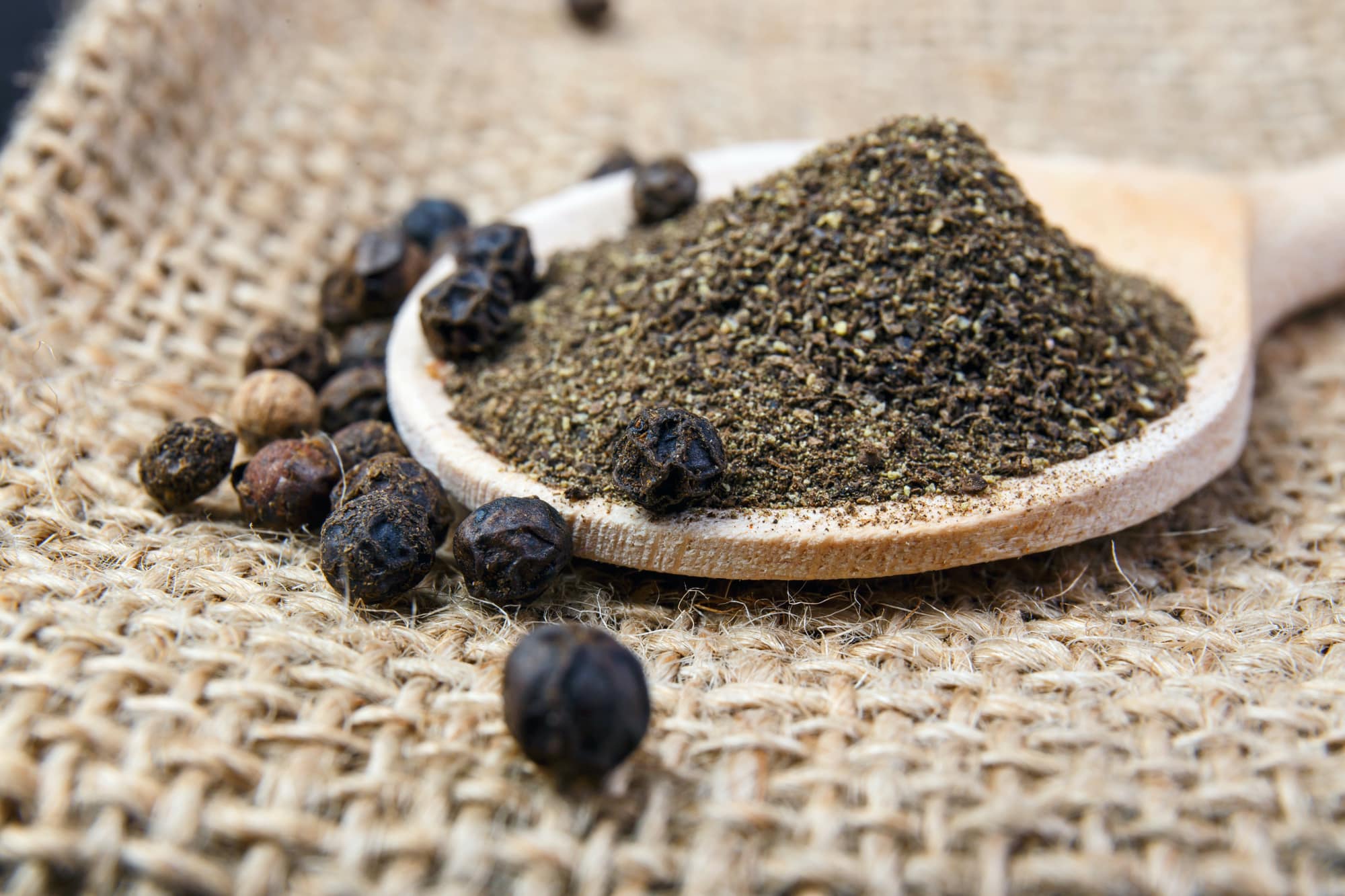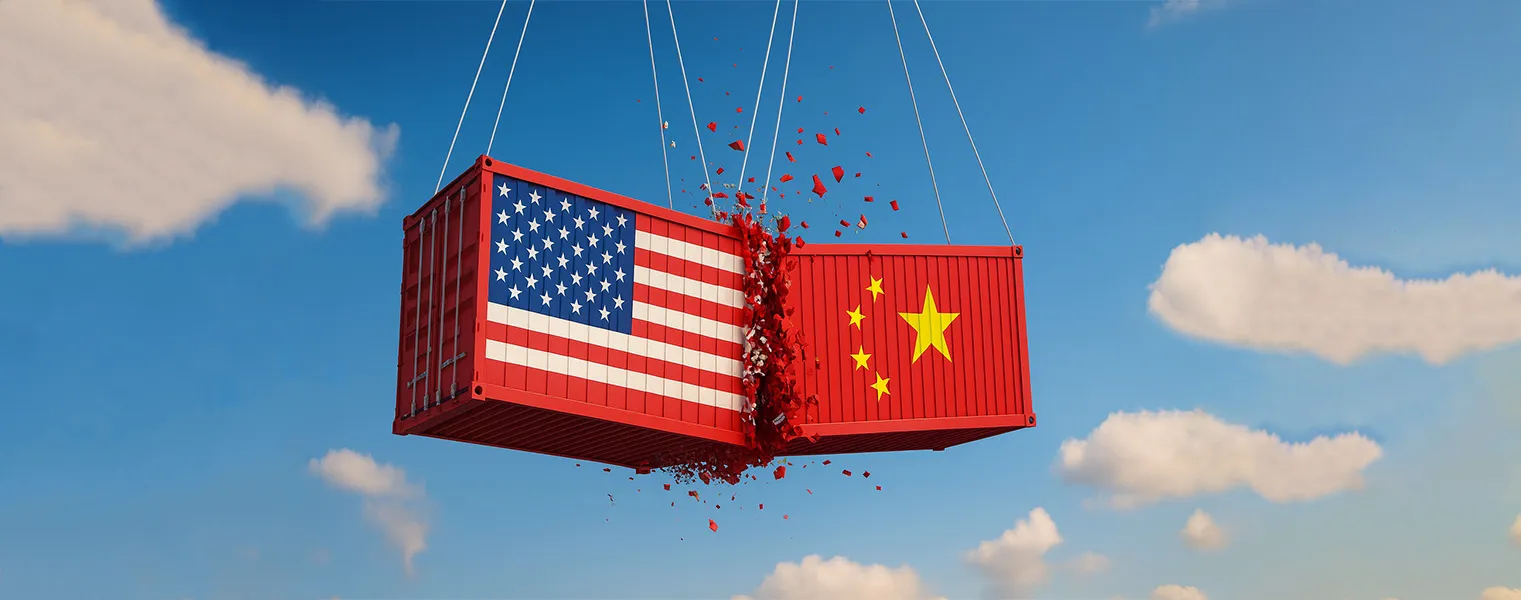India’s Black Pepper Challenges vs Vietnam’s Export Dominance: Updates Across the Globe!
Introduction
The global black pepper market continues to evolve, driven by changing weather patterns, growing international trade, and dynamic demand in key markets like the United States and China. This comprehensive update provides insights into global production trends, export and import dynamics, pricing, and the impact of quality variations. With a focus on leading producers such as India, Vietnam, Brazil, Cambodia, and emerging markets, we uncover key developments shaping the industry.

Production Updates and Challenges
India
- 2024 Production and Demand: India experienced a strong production year in 2024, with an output of 100,000 tonnes, a significant increase from the previous year's 80,000–85,000 tonnes. Favorable weather and expanded cultivation in regions like Tamil Nadu, Karnataka, Andhra Pradesh, and Kerala drove this growth.
- 2025 Outlook: Erratic rainfall and climate challenges are expected to reduce Indian pepper yields by 25–30% in 2025, potentially increasing the country's reliance on imports.
- Stock Management: Starting 2024 with a 51,000-tonne carryover stock, India faced a domestic consumption surge to 131,000 tonnes, primarily driven by the spice manufacturing sector.
- Competition from Imports: India imported 40,000 tonnes of pepper in 2024, posing challenges for local growers, especially as imported pepper undercuts domestic prices.

Vietnam
- Dominance in Exports: Vietnam remains the world’s largest pepper producer and exporter, despite a slight production decline to 190,000 tonnes in 2024. The country is expected to recover to 200,000 tonnes in 2025.
- U.S. Market Leadership: Vietnam supplied 57,000 tonnes of pepper to the U.S. in the first nine months of 2024, far surpassing India’s 5,700 tonnes. This performance reflects Vietnam's strategic pricing and consistent quality.
- Challenges and Innovations: Rising shipping costs and logistical issues have been noted, but Vietnam continues to innovate with initiatives such as organic farming to cater to premium markets.
Brazil
- Brazil has maintained steady production, with ASTA 570 black pepper priced at $6,350/tonne as of January 2025. The country benefits from relatively stable weather and robust export networks.
Cambodia
- Emerging Player: Cambodia’s pepper exports are projected to surge in 2025, supported by a protocol agreement with China and increased demand. The country exported over $34 million worth of pepper in 2024, marking a 150% year-on-year growth.
- Key Markets: Vietnam remains Cambodia's largest buyer, alongside niche exports of Kampot Geographical Indication (GI) pepper to the European Union.

Global Production Status
Global pepper production in 2024 reached 533,000 tonnes, down slightly from the previous year due to adverse weather conditions affecting yields in India, Vietnam, and Sri Lanka. However, stable outputs in Brazil and Malaysia have helped offset declines.
Key Harvest Times
- India: Peak harvest season runs from December to February.
- Vietnam: Harvest begins in February and continues through April.
- Brazil: Major harvesting occurs between September and November.
- Cambodia: The harvest season spans from March to May.
- Sri Lanka: Harvest occurs from January to March.
Quality and Harvest Trends
India
- The 2024 harvest demonstrated robust quality despite competition from imports. However, ongoing climatic challenges could affect the 2025 crop's size and quality.
Vietnam
- Vietnamese pepper has gained a reputation for consistent quality, with the country exporting both bulk and specialty organic varieties.
Cambodia
- Cambodian GI pepper, particularly from Kampot province, commands premium prices in high-value markets like the EU due to its unique flavor profile.
Brazil and Indonesia
- Both countries reported stable harvests, with quality meeting international standards.

Pricing Trends
As of January 2025:
- India: Garbled pepper at $7.98/kg, ungarbled at $7.69/kg.
- Vietnam: Export prices for 500 g/l pepper at $6,350/tonne, 550 g/l pepper at $6,650/tonne, and white pepper at $9,550/tonne.
- Indonesia: Lampung black pepper priced at $6,841/tonne.
- Malaysia: Kuching ASTA black pepper at $8,700/tonne; ASTA white pepper at $11,100/tonne.
- Brazil: ASTA 570 black pepper steady at $6,350/tonne.

Global Trade Insights
Exporters and Importers
- Leading Exporters: Vietnam, India, Brazil, Indonesia, Cambodia, and Sri Lanka.
- Key Importers: The United States, European Union, China, and the Middle East.
United States
- Rising Imports: U.S. pepper imports grew by 43% in 2024, reflecting increased demand from the food industry. Vietnam dominated with a 78% share, while India struggled due to higher domestic prices and stiff competition.
China
- Cambodia is ramping up exports to China, positioning itself as a significant supplier in Asia.
Europe
- Demand for high-quality and organic pepper continues to grow, benefiting exporters from Vietnam, Cambodia, and India.

Future Outlook
Global Production
- Total global production is projected at 533,000 tonnes in 2024, with a slight decline due to weather-related challenges in key producing countries.
Pricing Trends
- Prices are expected to remain firm in 2025, driven by reduced supplies and sustained demand. However, competitive pressures and import dynamics will influence market behavior.
Strategic Focus
- Producers are encouraged to adopt sustainable practices and focus on quality improvements to capture high-value markets.
PEPPER MARKET FAQ
1. Which country is the largest producer of black pepper?
Vietnam leads global production, with an estimated 190,000 tonnes in 2024, expected to rise to 200,000 tonnes in 2025.
2. What are the current black pepper prices?
Prices vary by region and quality:
- Vietnam: $6,350–6,650/tonne.
- India: $7.69–7.98/kg.
- Brazil: $6,350/tonne for ASTA 570 black pepper.
3. What is Kampot GI pepper?
Kampot GI pepper from Cambodia is a high-quality, geographically indicated variety known for its unique flavor and premium pricing.
4. When is the black pepper harvest season?
- India: December–February.
- Vietnam: February–April.
- Brazil: September–November.
- Cambodia: March–May.
5. What challenges face the black pepper market in 2025?
Key challenges include erratic weather affecting yields, competition from imports, and logistical issues in exporting nations.
6. What drives the U.S. demand for black pepper?
The growing popularity of global cuisines and health-focused ingredients is driving U.S. pepper imports, with Vietnam being the largest supplier.
Conclusion
The global black pepper market remains vibrant but faces significant challenges from climate variability, competitive trade dynamics, and shifting demand patterns. India, Vietnam, Cambodia, and other key players must navigate these complexities while capitalizing on opportunities in growing markets like the U.S. and China. By prioritizing innovation, quality, and strategic partnerships, the industry can achieve sustainable growth in the years ahead.









